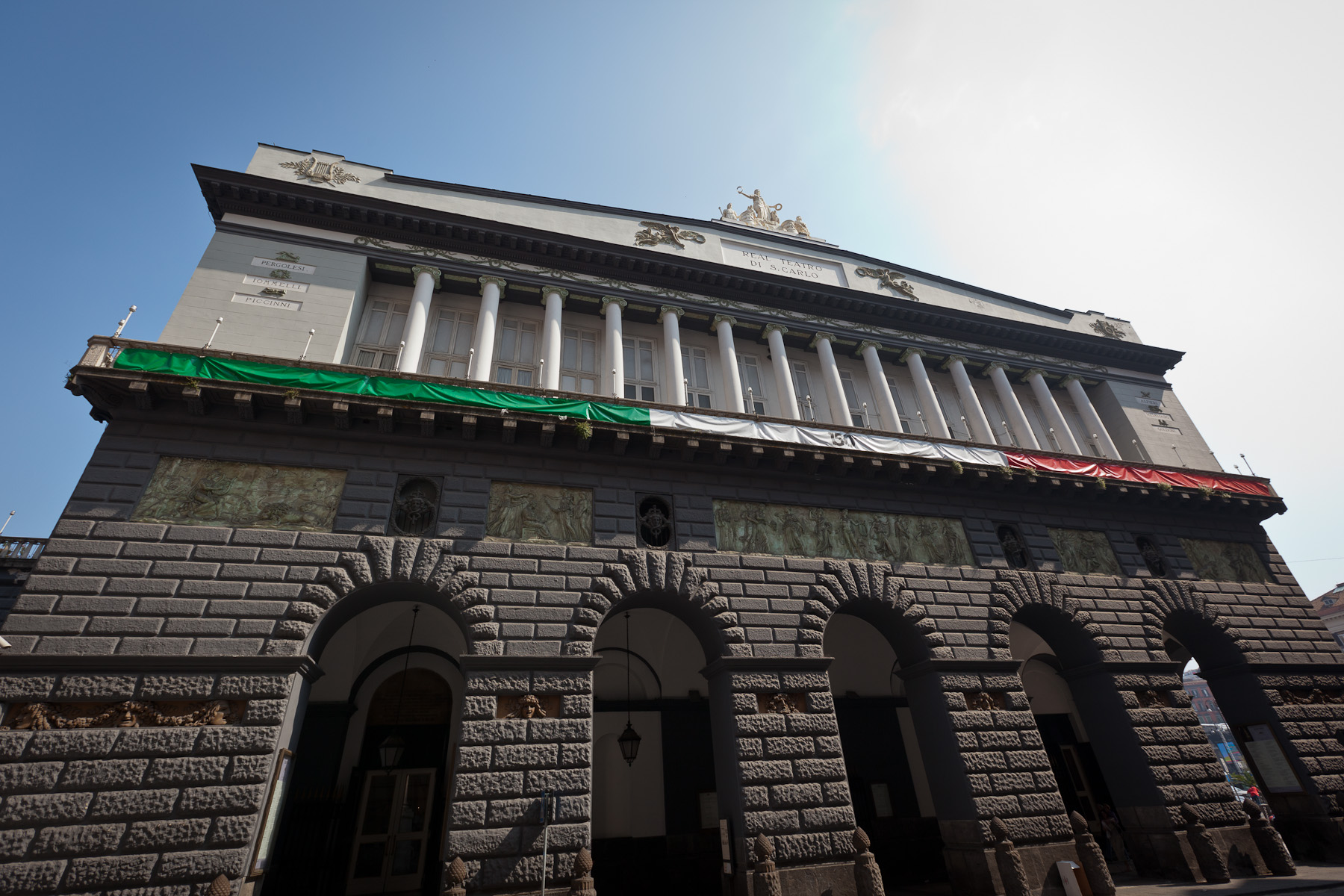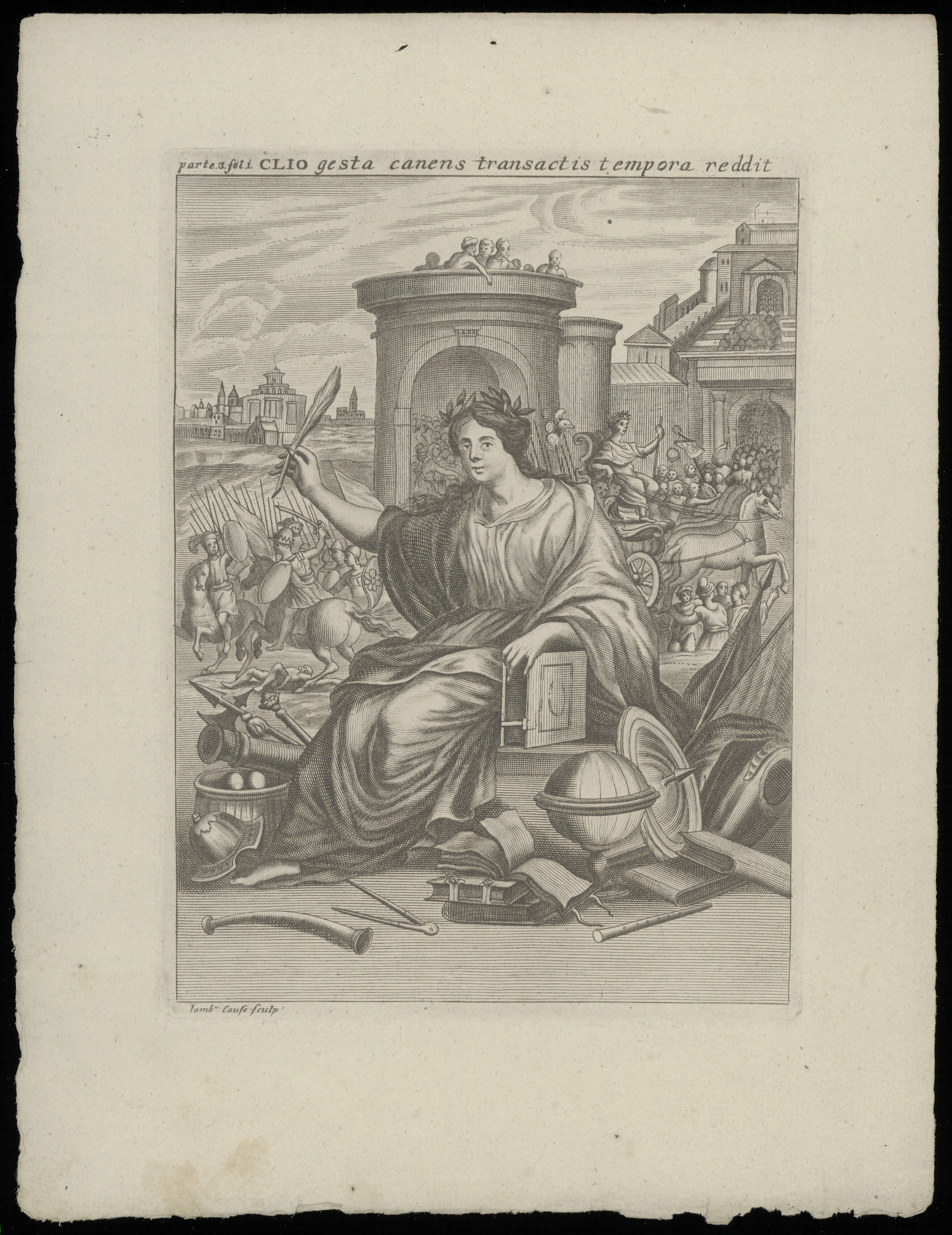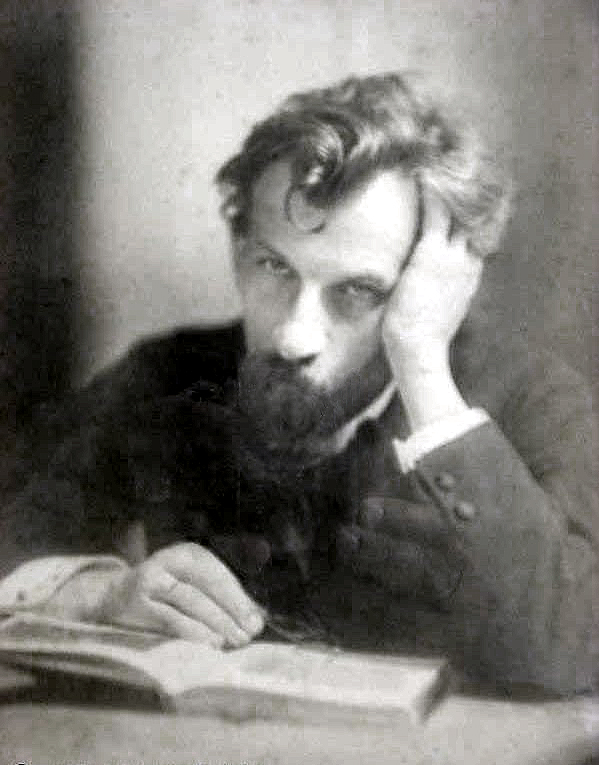|
Strasbourg Opera House
The Strasbourg Opera House (), located on Place Broglie on the Grande Île in the city center of Strasbourg, in the French department of the Bas-Rhin, is the main seat and mother house of the opera company Opéra national du Rhin. It has been classified as a Monument historique since 1921. History After a fire in 1800 that destroyed a previous opera house, also located on Place Broglie, the Strasbourg municipality set up plans for a new one in 1804. As the Napoleonic Empire came and went, the plans for the ''théâtre municipal'' were altered several times, until the building, designed in the Neoclassical style by architect Jean-Nicolas Villot (1782–1857) finally opened to great acclaim in 1821. The monumental façade is adorned by sandstone statues of six muses by Landolin Ohmacht (three muses were left out: Clio, Thalia and Urania), each statue corresponding to a column below. During the Siege of Strasbourg in 1870, the opera was heavily damaged by Prussian artillery. It ... [...More Info...] [...Related Items...] OR: [Wikipedia] [Google] [Baidu] |
Opera House
An opera house is a theatre building used for performances of opera. It usually includes a stage, an orchestra pit, audience seating, and backstage facilities for costumes and building sets. While some venues are constructed specifically for operas, other opera houses are part of larger performing arts centers. Indeed, the term ''opera house'' is often used as a term of prestige for any large performing-arts center. History Italy is a country where opera has been popular through the centuries among ordinary people as well as wealthy patrons and it continues to have many working opera houses such as Teatro Massimo in Palermo (the biggest in Italy), Teatro di San Carlo in Naples (the world's oldest working opera house) and Teatro La Scala in Milan. In contrast, there was no opera house in London when Henry Purcell was composing and the first opera house in Germany, the Oper am Gänsemarkt, was built in Hamburg in 1678, followed by the Oper am Brühl in Leipzig in 1693, and t ... [...More Info...] [...Related Items...] OR: [Wikipedia] [Google] [Baidu] |
Clio
In Greek mythology, Clio ( , ; el, Κλειώ), also spelled Kleio, is the muse of history, or in a few mythological accounts, the muse of lyre playing. Etymology Clio's name is etymologically derived from the Greek root κλέω/κλείω (meaning "to recount", "to make famous" or "to celebrate"). The name's traditional Latinisation is Clio,Lewis and Short, ''A Latin Dictionary: Founded on Andrews' Edition of Freund's Latin Dictionary: Revised, Enlarged, and in Great Part Rewritten by Charlton T. Lewis, Ph.D. and Charles Short, LL.D''. The Clarendon Press, Oxford, 1879, ''s.v.'' but some modern systems such as the American Library Association-Library of Congress system use ''K'' to represent the original Greek ''kappa'', and ''ei'' to represent the diphthong ''ει'' ( epsilon iota), thus ''Kleio''. Depiction Clio, sometimes referred to as "the Proclaimer", is often represented with an open parchment scroll, a book, or a set of tablets. Mythology Like all the mus ... [...More Info...] [...Related Items...] OR: [Wikipedia] [Google] [Baidu] |
Melpomene
In Greek mythology, Melpomene (; grc, Μελπομένη, Melpoménē, to sing' or 'the one that is melodious), initially the muse of chorus, eventually became the muse of tragedy, and is now best known in that association. Etymology Melpomene's name is derived from the Greek verb ''melpô'' or ''melpomai'' meaning "to celebrate with dance and song.". The Oxford English Dictionary cites μέλπειν (''melpein'' - to sing). Appearance Melpomene is often represented with a tragic mask and wearing the cothurnus, boots traditionally worn by tragic actors. Often, she also holds a knife or club in one hand and the tragic mask in the other. Family Melpomene is the daughter of Zeus and Mnemosyne. Her sisters include Calliope (muse of epic poetry), Clio (muse of history), Euterpe (muse of lyrical poetry), Terpsichore (muse of dancing), Erato (muse of erotic poetry), Thalia (muse of comedy), Polyhymnia (muse of hymns), and Urania (muse of astronomy). She is also the ... [...More Info...] [...Related Items...] OR: [Wikipedia] [Google] [Baidu] |
Polyhymnia
Polyhymnia (; el, Πολυύμνια, lit=the one of many hymns), alternatively Polymnia (Πολύμνια), was, in Greek mythology, the Muse of sacred poetry, sacred hymn, dance and eloquence, as well as agriculture and pantomime. Etymology Polyhymnia name comes from the Greek words "poly", meaning "many", and "hymnos", which means "praise". Appearance Polymnia is depicted as very serious, pensive and meditative, and often holding a finger to her mouth, dressed in a long cloak and veil and resting her elbow on a pillar. Polyhymnia is also sometimes credited as being the Muse of geometry and meditation. In ''Bibliotheca historica'', Diodorus Siculus wrote, "Polyhymnia, because by her great (polle) praises (humnesis) she brings distinction to writers whose works have won for them immortal fame...". Family As one of the Muses, Polyhymnia was the daughter of Zeus and the Titaness Mnemosyne. She was also described as the mother of Triptolemus by Cheimarrhoos, son of Are ... [...More Info...] [...Related Items...] OR: [Wikipedia] [Google] [Baidu] |
George Szell
George Szell (; June 7, 1897 – July 30, 1970), originally György Széll, György Endre Szél, or Georg Szell, was a Hungarian-born American conductor and composer. He is widely considered one of the twentieth century's greatest conductors. He is remembered today for his long and successful tenure as music director of the Cleveland Orchestra of Cleveland, Ohio, and for the recordings of the standard classical repertoire he made in Cleveland and with other orchestras. Szell came to Cleveland in 1946 to take over a respected if undersized orchestra, which was struggling to recover from the disruptions of World War II. By the time of his death he was credited, to quote the critic Donal Henahan, with having built it into "what many critics regarded as the world's keenest symphonic instrument." Through his recordings, Szell has remained a presence in the classical music world long after his death, and his name remains synonymous with that of the Cleveland Orchestra. Whil ... [...More Info...] [...Related Items...] OR: [Wikipedia] [Google] [Baidu] |
Otto Klemperer
Otto Nossan Klemperer (14 May 18856 July 1973) was a 20th-century conductor and composer, originally based in Germany, and then the US, Hungary and finally Britain. His early career was in opera houses, but he was later better known as a concert-hall conductor. A protégé of the composer Gustav Mahler, Klemperer was appointed to a succession of increasingly senior conductorships in opera houses in and around Germany. From 1929 to 1931 he was director of the Kroll Opera in Berlin, where he presented new works and avant-garde productions of classics. The rise of the Nazis caused him to leave Germany in 1933, and shortly afterwards he was appointed chief conductor of the Los Angeles Philharmonic, and guest-conducted other American orchestras, including the San Francisco Symphony, the New York Philharmonic and later the Pittsburgh Symphony, which he reorganised as a permanent ensemble. In the late 1930s Klemperer became ill with a brain tumour. An operation to remove it was succe ... [...More Info...] [...Related Items...] OR: [Wikipedia] [Google] [Baidu] |
Wilhelm Furtwängler
Gustav Heinrich Ernst Martin Wilhelm Furtwängler ( , , ; 25 January 188630 November 1954) was a German conductor and composer. He is widely regarded as one of the greatest symphonic and operatic conductors of the 20th century. He was a major influence for many later conductors, and his name is often mentioned when discussing their interpretative styles. Furtwängler was principal conductor of the Berlin Philharmonic between 1922 and 1945, and from 1952 until 1954. He was also principal conductor of the Gewandhaus Orchestra (1922–26), and was a guest conductor of other major orchestras including the Vienna Philharmonic. Although not an adherent of Nazism, he was the leading conductor to remain in Germany during the Nazi regime. Despite his open opposition to antisemitism and the ubiquity of Nazi symbolism, the regime did not seek to suppress him, at Joseph Goebbels' insistence, for propaganda reasons. This situation caused lasting controversy, and the extent to which his pr ... [...More Info...] [...Related Items...] OR: [Wikipedia] [Google] [Baidu] |
Hans Pfitzner
Hans Erich Pfitzner (5 May 1869 – 22 May 1949) was a German composer, conductor and polemicist who was a self-described anti-modernist. His best known work is the post-Romantic opera ''Palestrina'' (1917), loosely based on the life of the sixteenth-century composer Giovanni Pierluigi da Palestrina and his ''Missa Papae Marcelli''. Life Pfitzner was born in Moscow where his father played cello in a theater orchestra. The family returned to his father's native town Frankfurt in 1872, when Pfitzner was two years old, he always considered Frankfurt his home town. He received early instruction in violin from his father, and his earliest compositions were composed at age 11. In 1884 he wrote his first songs. From 1886 to 1890 he studied composition with Iwan Knorr and piano with James Kwast at the Hoch Conservatory in Frankfurt. (He later married Kwast's daughter Mimi Kwast, a granddaughter of Ferdinand Hiller, after she had rejected the advances of Percy Grainger.) He taught pi ... [...More Info...] [...Related Items...] OR: [Wikipedia] [Google] [Baidu] |
Auditorium
An auditorium is a room built to enable an audience to hear and watch performances. For movie theatres, the number of auditoria (or auditoriums) is expressed as the number of screens. Auditoria can be found in entertainment venues, community halls, and theaters, and may be used for rehearsal, presentation, performing arts productions, or as a learning space. Etymology The term is taken from Latin (from ''audītōrium'', from ''audītōrius'' ("pertaining to hearing")); the concept is taken from the Greek auditorium, which had a series of semi-circular seating shelves in the theatre, divided by broad 'belts', called ''diazomata'', with eleven rows of seats between each. Auditorium structure The audience in a modern theatre are usually separated from the performers by the proscenium arch, although other types of stage are common. The price charged for seats in each part of the auditorium (known in the industry as the house) usually varies according to the quality o ... [...More Info...] [...Related Items...] OR: [Wikipedia] [Google] [Baidu] |
Hôtel De Klinglin
The Hôtel de Klinglin, currently known as the Hôtel du Préfet, is a historic building located near Place Broglie on the Grande Île in the city center of Strasbourg, in the French department of the Bas-Rhin. It has been classified as a Monument historique since 1970. The Hôtel de Klinglin currently serves as the residence of the prefect of the department of Bas-Rhin. It should not be confused with the on the Place de la République, which houses the administrative functions of the prefect. History This grand hôtel particulier, of a different design than most in Strasbourg (featuring a straight and a crescent-shaped façade instead of two straight ones), was built between 1732 and 1736 for the royal moneylender (''prêteur royal'') François-Joseph de Klinglin (1686–1753). The architects were Jean-Pierre Pflug and Joseph Massol. After Klinglin's disgrace and imprisonment in 1752, the hôtel became the seat of the royal Intendancy of Alsace, which it remained until th ... [...More Info...] [...Related Items...] OR: [Wikipedia] [Google] [Baidu] |
Prussia
Prussia, , Old Prussian: ''Prūsa'' or ''Prūsija'' was a German state on the southeast coast of the Baltic Sea. It formed the German Empire under Prussian rule when it united the German states in 1871. It was ''de facto'' dissolved by an emergency decree transferring powers of the Prussian government to German Chancellor Franz von Papen in 1932 and ''de jure'' by an Allied decree in 1947. For centuries, the House of Hohenzollern ruled Prussia, expanding its size with the Prussian Army. Prussia, with its capital at Königsberg and then, when it became the Kingdom of Prussia in 1701, Berlin, decisively shaped the history of Germany. In 1871, Prussian Minister-President Otto von Bismarck united most German principalities into the German Empire under his leadership, although this was considered to be a "Lesser Germany" because Austria and Switzerland were not included. In November 1918, the monarchies were abolished and the nobility lost its political power during the Ger ... [...More Info...] [...Related Items...] OR: [Wikipedia] [Google] [Baidu] |
Siege Of Strasbourg
The siege of Strasbourg took place during the Franco-Prussian War, and resulted in the French surrender of the fortress on 28 September 1870. After the German victory at Wörth, troops from the Grand Duchy of Baden under Prussian General August von Werder were detached to capture Strasbourg with the help of two Prussian '' Landwehr'' divisions which had been guarding the North Sea coast. This 40,000-strong siege corps reached the fortress on 14 August and began to immediately bombard it. The defenses were largely obsolete and 7,000 of the 23,000-strong French garrison were National Guard militiamen. Desiring a quick surrender, the Germans began a terror bombardment to destroy the morale of the civilian population on 23 August. Explosive and incendiary shells were rained down on the city for four days and entire quarters were reduced to ash. Panic developed among the civilians but there was no capitulation. A shell shortage forced Werder to lower the intensity of the Germa ... [...More Info...] [...Related Items...] OR: [Wikipedia] [Google] [Baidu] |


.jpg)
.jpg)




